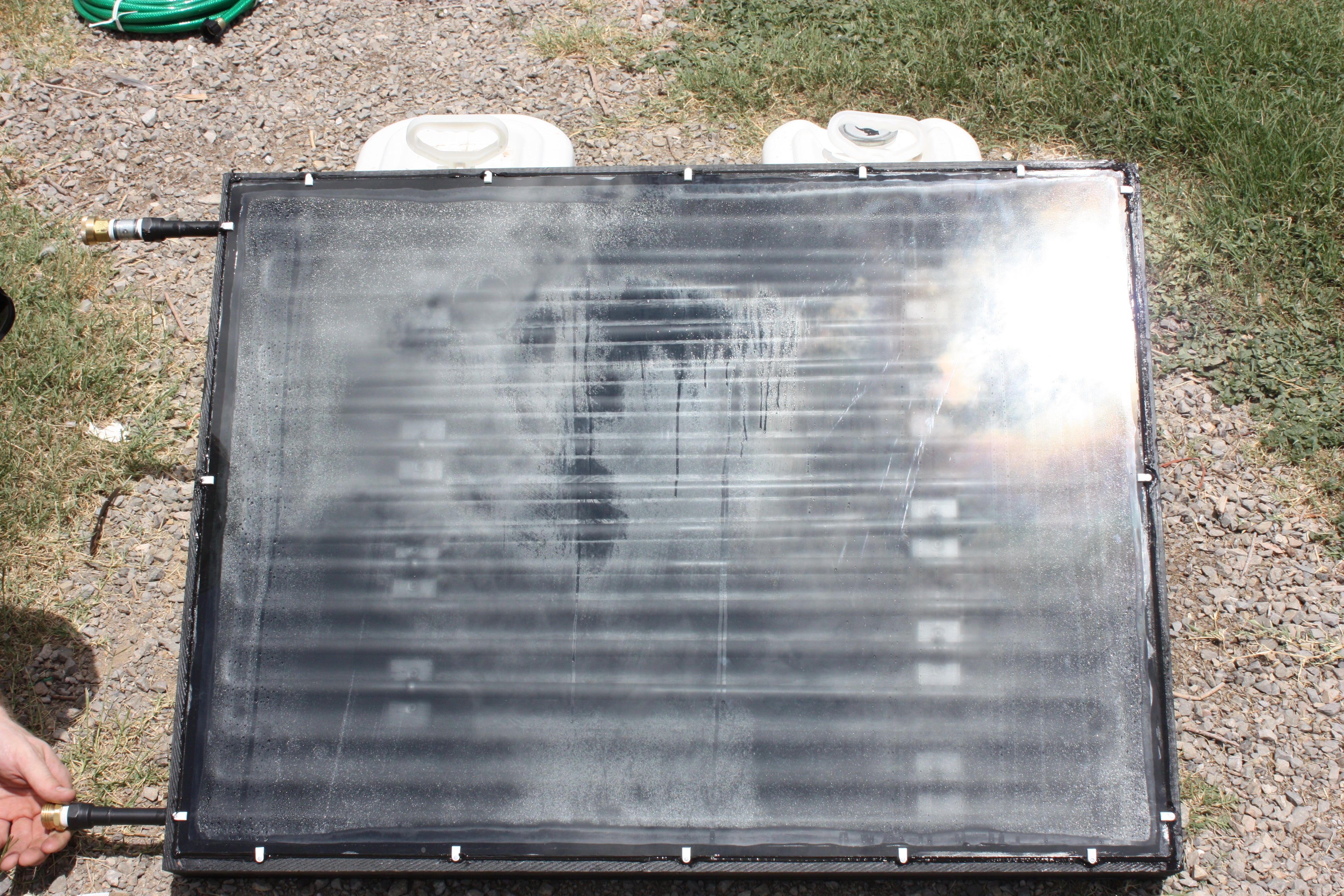New Developments in Solar Water Heater
작성자 정보
- Florence 작성
- 작성일
본문
The ability to harness renewable heat sources to generate heat for water has been a crucial component in reducing reliance on traditional fossil fuels and mitigating the risks associated with climate change. Over the years, research and development in the field of solar water heaters has led to significant improvements in materials and designs, making them not only more efficient but more cost-effective for widespread adoption.
One of the primary areas of focus has been the enhancement of more effective solar collectors. Traditional solar collectors were made from polycarbonate or fiberglass that were prone to damage from environmental factors such as extreme temperatures, hail, and UV radiation. Modern solar water heaters utilize high-performance materials like tempered glass or even composite panels that offer improved durability and heat transfer abilities.
In recent times, researchers have also explored the use of nanomaterials and meta-materials in solar water heaters. These materials possess superior heat transfer rates that allow them to absorb and emit heat more efficiently, thereby increasing the overall efficiency of the solar water heater system. The integration of meta-materials has led to improved heat transfer rates, reduced heat loss, and overall enhanced performance.
Another significant breakthrough has been in the realm of heat exchangers, which play a critical role in transferring heat from the solar collector to the storage tank. Traditional heat exchangers were often plagued by inefficiencies and high maintenance requirements. The advent of more sophisticated heat exchanger technologies such as copper-steel heat exchangers, copper-nickel heat exchangers, and coiled heat exchangers has significantly improved the efficiency and reliability of solar water heaters.
In addition to improvements in materials and heat exchanger technologies, solar water heater designs have also undergone significant innovations. Some notable developments include the introduction of flat plate collectors, concentrated solar collectors, and heat pipe collectors. These designs enable more efficient heat collection and distribution, resulting in energy savings and reduced greenhouse gas emissions.
Furthermore, innovations in smart materials and IoT solutions have enabled the development of intelligent solar water heaters that can detect temperature fluctuations, predict optimal energy harvesting times, and adjust their performance accordingly. This has led to substantial improvements in energy efficiency and increased the potential for widespread adoption.
The increasing focus on renewable energy and energy efficiency has driven significant breakthroughs in the field of solar water heaters. The improvements in materials and designs will continue to propel the adoption of this clean and green technology, enabling individuals and communities worldwide to harness the power of solar energy for their everyday water heating needs.
While the benefits of solar water heaters are obvious, their implementation varies across different regions. As the demand for solar water heaters continues to grow, it is critical to address the challenges associated with mass production, standardization, and grid integration. Nonetheless, the convergence of innovative solutions, eco-friendly products, and intelligent designs will undoubtedly shape the future of solar water heaters and contribute to a cleaner, more sustainable planet.
Nonetheless, the convergence of innovative solutions, eco-friendly products, and intelligent designs will undoubtedly shape the future of solar water heaters and contribute to a cleaner, more sustainable planet.
One of the primary areas of focus has been the enhancement of more effective solar collectors. Traditional solar collectors were made from polycarbonate or fiberglass that were prone to damage from environmental factors such as extreme temperatures, hail, and UV radiation. Modern solar water heaters utilize high-performance materials like tempered glass or even composite panels that offer improved durability and heat transfer abilities.
In recent times, researchers have also explored the use of nanomaterials and meta-materials in solar water heaters. These materials possess superior heat transfer rates that allow them to absorb and emit heat more efficiently, thereby increasing the overall efficiency of the solar water heater system. The integration of meta-materials has led to improved heat transfer rates, reduced heat loss, and overall enhanced performance.
Another significant breakthrough has been in the realm of heat exchangers, which play a critical role in transferring heat from the solar collector to the storage tank. Traditional heat exchangers were often plagued by inefficiencies and high maintenance requirements. The advent of more sophisticated heat exchanger technologies such as copper-steel heat exchangers, copper-nickel heat exchangers, and coiled heat exchangers has significantly improved the efficiency and reliability of solar water heaters.
In addition to improvements in materials and heat exchanger technologies, solar water heater designs have also undergone significant innovations. Some notable developments include the introduction of flat plate collectors, concentrated solar collectors, and heat pipe collectors. These designs enable more efficient heat collection and distribution, resulting in energy savings and reduced greenhouse gas emissions.
Furthermore, innovations in smart materials and IoT solutions have enabled the development of intelligent solar water heaters that can detect temperature fluctuations, predict optimal energy harvesting times, and adjust their performance accordingly. This has led to substantial improvements in energy efficiency and increased the potential for widespread adoption.
The increasing focus on renewable energy and energy efficiency has driven significant breakthroughs in the field of solar water heaters. The improvements in materials and designs will continue to propel the adoption of this clean and green technology, enabling individuals and communities worldwide to harness the power of solar energy for their everyday water heating needs.
While the benefits of solar water heaters are obvious, their implementation varies across different regions. As the demand for solar water heaters continues to grow, it is critical to address the challenges associated with mass production, standardization, and grid integration.
 Nonetheless, the convergence of innovative solutions, eco-friendly products, and intelligent designs will undoubtedly shape the future of solar water heaters and contribute to a cleaner, more sustainable planet.
Nonetheless, the convergence of innovative solutions, eco-friendly products, and intelligent designs will undoubtedly shape the future of solar water heaters and contribute to a cleaner, more sustainable planet. 관련자료
-
이전
-
다음
댓글 0
등록된 댓글이 없습니다.
